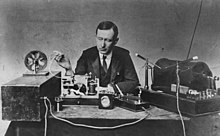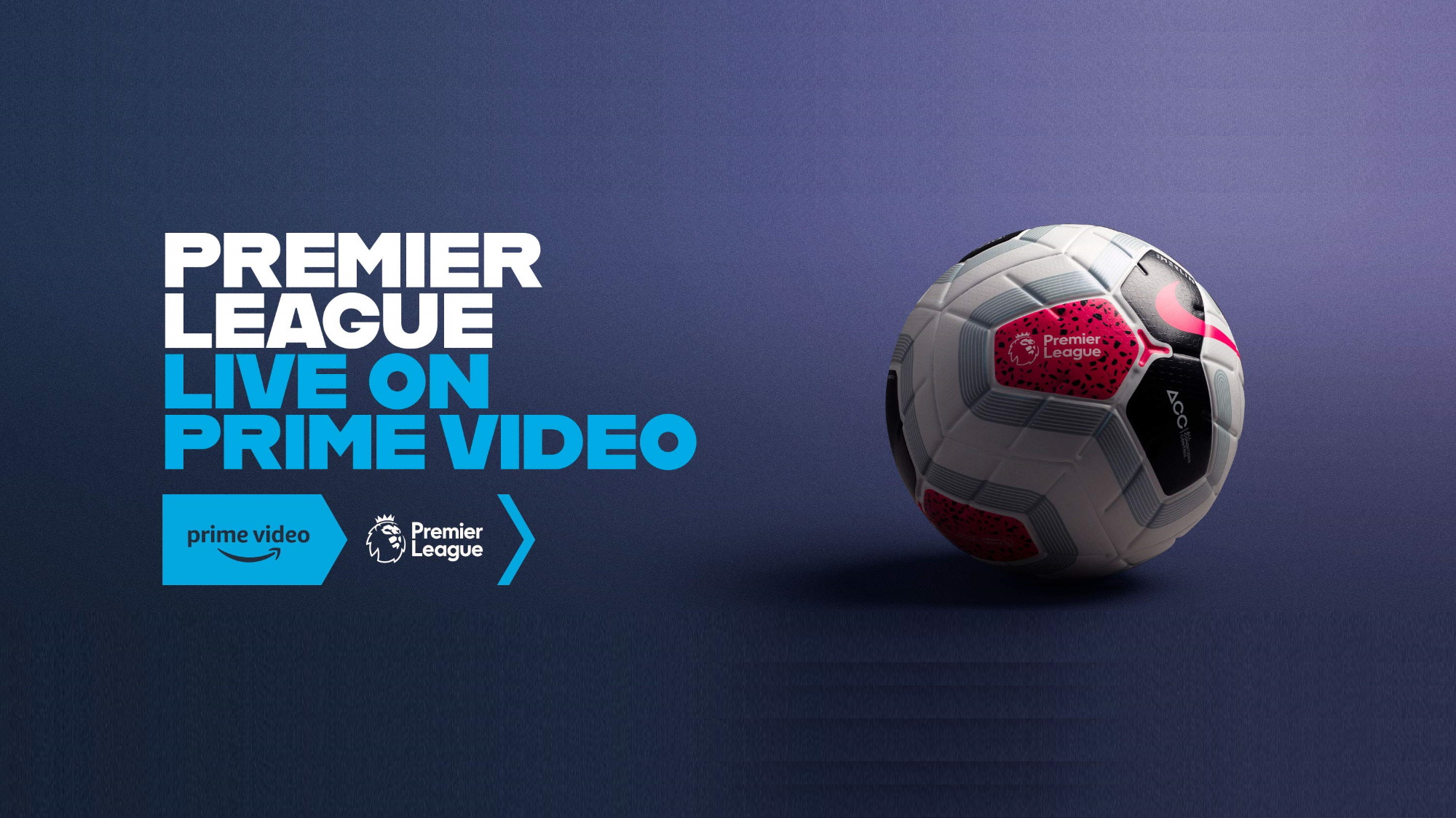This is part 1 of a 6 part series aiming to outline and analyse the media and digital transformations that have been prevalent in sport since its competitive creation, taking a more detailed look into football in the UK particularly.
In order to discuss and analyse the past media ecology in sport, we must first look to understand media ecology itself. Media Ecology has been defined as “the study of media as environments“, which is concerned with its structure, content and impact on people (Postman, 2006). As technology and techniques have developed over the years and new environments are generated with each new form of media, the impact on the audience has changed too. Therefore, by recognising the importance of media ecology, we can delve into its past and analyse the changes over the years
Sport has many qualities that entice the media, thus forming such a strong relationship, one that has particularly grown over the past 100 years (Rowe, 2004). Sport is able to drive masses of loyal fans regularly to the media, particularly sports like football, where they can then capitalise from the minimal costs to produce (Jackson, 2013), whilst profiting from advertisers. This collaboration cannot be understated, the demand for sport has long-extended the on-the-field action and requires almost 24/7 broadcasting (Bellamy, 2013). Before we look at how the media has developed, and thus altering the ecology of sport, we must first recognise the importance of major changes to sport itself; gambling became more common, urbanisation led to sport being used as a vehicle for discipline and amateur athletes began to emerge (Rowe, 2004). All of these concepts, though heavily linked to the media, can equate to changes in the environment.
There have been 4 key ‘take-off points’ within the development of the Mass Media, all of which have been heavily influenced by sport. This timeline of key media inventions will delve further into football specifically, and it’s place within the media in the UK.
- Printing Press (1450s)

The original development of mass media can be credited to the creation of the Gutenberg Press (Füssel, 2020) which allowed for the first form of mass media, newspapers. With such low costs for printing, newspapers quickly became accessible to many.
It was in the 1800s when newspapers began to print and promote football regularly, thus increasing the games popularity. And as a result, more fans began to buy newspapers, expanding their readership (Brown, 2017).
2. Radio (1890s)

The radio was invented in the late 1800s, and became a household item within a couple of decades. They allowed for real time commentaries of matches, thus resulting in individuals putting aside time in their day to directly consume live sport for the first time through media.
Football particularly provided a rich source of live commentary, with its fast pace it allowed for drama and suspense in order to present climaxes, overall completely changing the way in which audience members consumed sport (Kern, 2010).
3. Television (1920s)

The TV closely followed the radio’s entry into media broadcasting, and was common place in a British household by the 1950/60s. Fans could now watch games from all over the country/world, which in the UK often tied in with pub and drinking culture. Sport then became a mechanism for socialising, whilst also allowing for home comforts.
4. Digital Media (1980s)

The most recent adaptation of sports media comes from the introduction of the World Wide Web. An invention that since its inception in 1989 has developed at a rapid rate and has provided a multitude of channels for sport to be consumed; from social media to live streaming of sporting events all over the world. In a recent study, it was found that 59% of sports fans in the UK would rather stream all games online exclusively (SportsPro, 2020), cutting out all the previous forms of media. Sport is now accessible from anywhere, at anytime, on any device.
Is digital media the future of sport? More will be discussed in my next blog!
Until then, tell me what you think in the comments & don’t forget to give a thumbs up!

Leave a comment